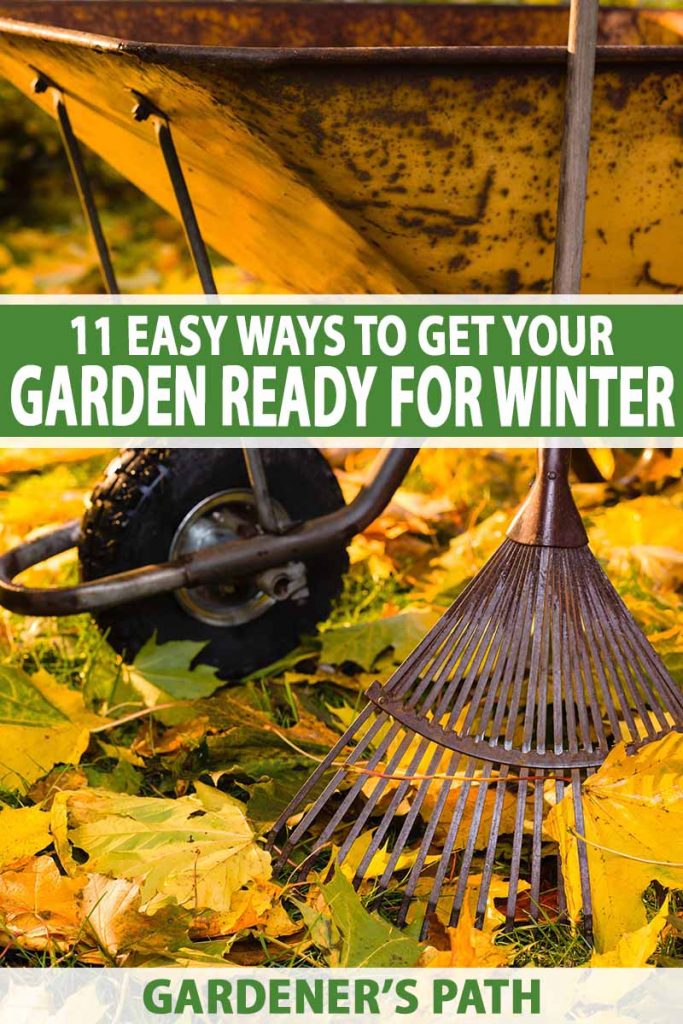Simply because summer season season’s over doesn’t recommend tending your yard is achieved for the 12 months.
There’s nonetheless some work to be achieved, and the yard wants a bit further of your consideration and TLC ahead of it might actually leisure quietly for the winter.
By taking glorious care of these late season duties, you’ll make sure that your crops and soil keep healthful within the midst of the chilly, darkish months.
And your yard shall be primed and prepared for motion when spring arrives, so that you would possibly bounce appropriate in!
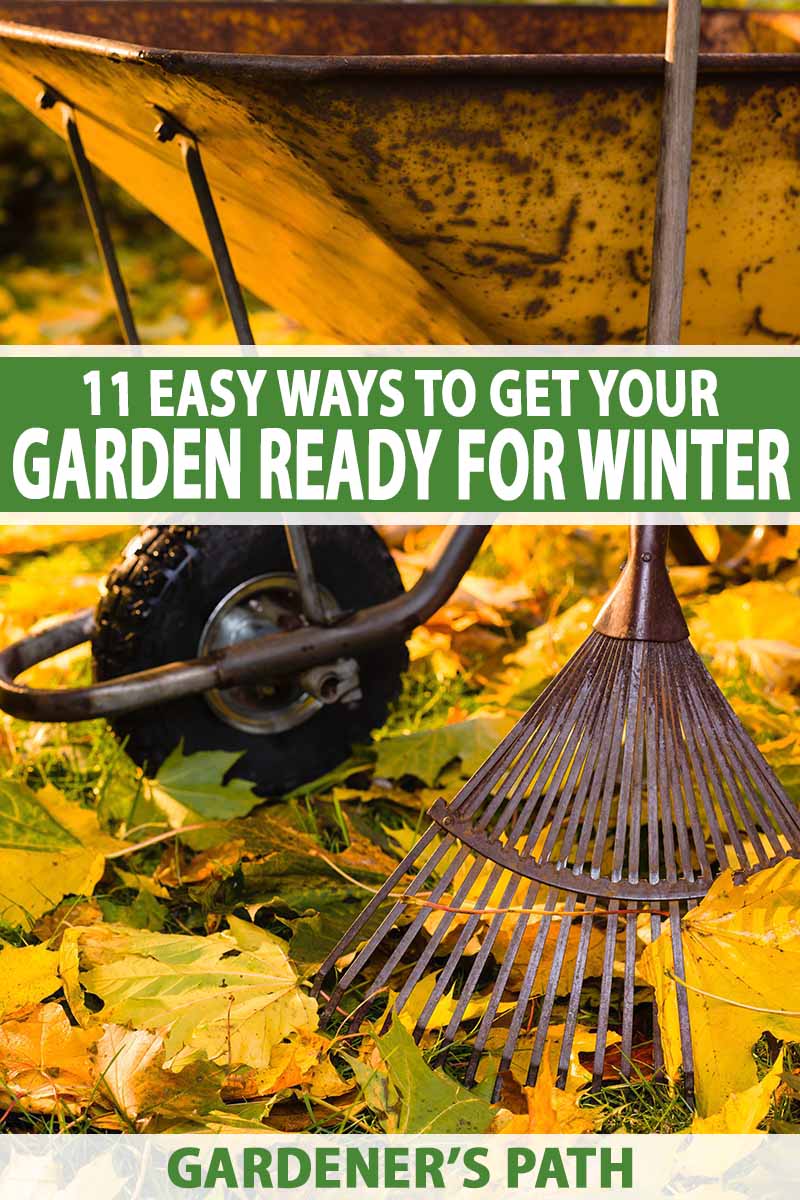

We hyperlink to distributors which will assist you uncover related merchandise. In case you purchase from positively thought of one in every of our hyperlinks, we could earn a cost.
Now let’s check out 11 factors to do all through the yard ahead of winter fashions in.
1. Dig Up or Mulch Root Greens
Like many cool season crops, root greens can take a frost or two and nonetheless be harvested in good state of affairs.
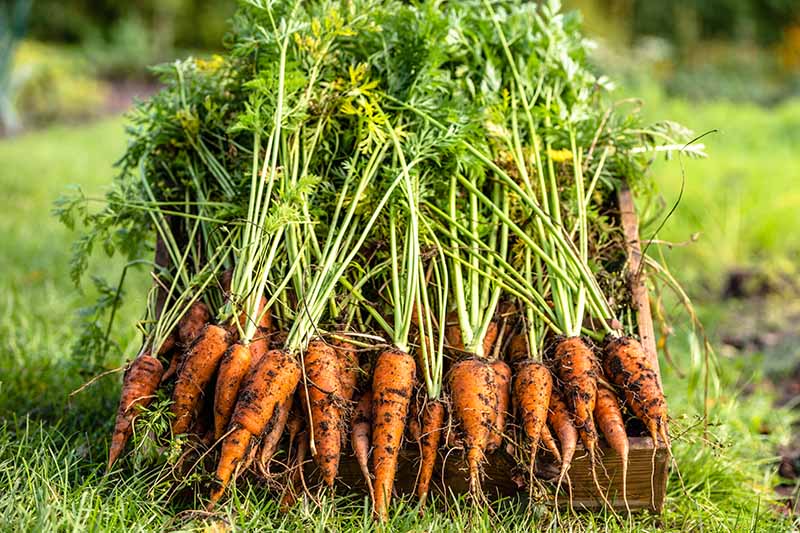

The truth is, most root crops – just like beets, carrots, celeriac, parsnips, and rutabagas (nonetheless not potatoes) – sweeten in model when left all through the bottom to mature at temperatures near freezing.
And likewise you almost certainly have well-draining soil that doesn’t freeze, many could be left in situ over winter, to be dug and appreciated as wanted.
To make digging root crops simpler and defend in opposition to arduous frosts, cowl vegetable beds with a thick, 6-inch layer of dry mulch. Cardboard, fern fronds, evergreen boughs, or clear straw all present good insulation that’s merely moved once you wish to entry your veggies.
In areas the place the underside freezes, dig up root greens, brush off the mud, and retailer them in a cool, darkish location ahead of the underside freezes.
2. Cowl Frost Tender Vegetation
All by the coldest months, or when anticipating a difficult frost, tender perennials, tropicals, and succulents will income from having their leaves and stems protected.
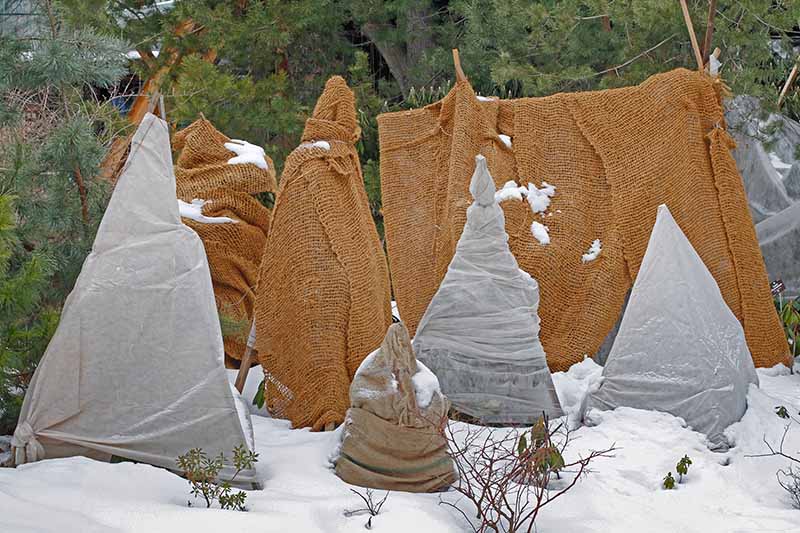

That is furthermore true for perennials that can endure harm to crowns and roots just like clematis, grape vines, and roses.
Use any provides that gives light-weight, breathable insulation. Blankets, burlap, evergreen boughs, fern fronds, floating row covers, panorama supplies, and straw stooks are all acceptable to wrap crops. (Stooks are upright bundles of grain or grass stems that resemble a tepee.)
To guard tender crowns, use a dry mulch of shredded bark, evergreen boughs, fern fronds, sawdust, or straw to cowl every crown/the crown of every plant.
Pile and stack the mulch over the crown and up the underside of the stems, overlaying the primary 12 to 18 inches or your complete peak of shorter crops.
The crown is the underside of the plant. The realm the place the stems and roots meet, and power and dietary nutritional vitamins are transferred from the roots to the topside for development. Many crops have their crowns at floor stage, exposing them to winter chilly.
Take away covers as rapidly as all hazard of frost has handed.
3. Divide Perennials
After your perennials have achieved flowering, they’ll profit from some consideration ahead of going dormant for the season.
Clear crops of damaged or ineffective stems and reduce as wanted – the quantity will depend on the plant, nonetheless a typical rule of thumb is to take away 1/4 to 1/3 of the very best development.
Divide crops into quarters, thirds, or halves and trim further root development.
Put collectively and plant new divisions as outlined in our information to dividing perennials.
4. Common Cleanup
An ordinary cleanup helps to prepare your yard, retains crops healthful, and returns the soil to homeostasis by eradicating varied pests – together with doubtlessly dangerous micro organism, fungi, and larvae that select to overwinter all through the detritus of ineffective and rotting vegetation.
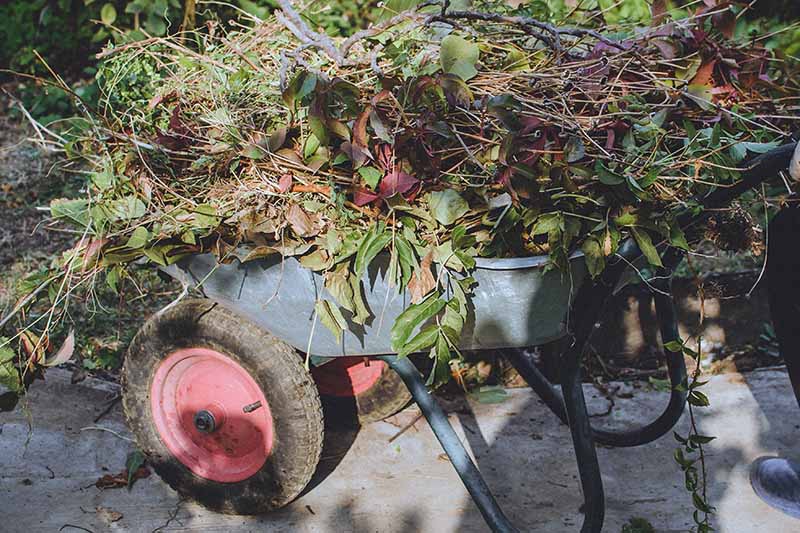

Some essential jobs to handle:
- Take away and do away with annuals.
- Deadhead and trim perennials and woody shrubs of ineffective or broken wooden.
- Take away any leaves or plant particles from beds.
- Empty outside containers of their soil and retailer the other strategy up.
- Take away hose nozzles and sprinkler heads, then retailer in a single place – like a bucket in your potting shed.
- On a heat day, take away standing water from yard hoses, then roll up hoses and retailer.
- Drain and winterize irrigation methods as wanted.
- To forestall brown patches all through the yard, rake leaves ahead of freezing temperatures set in.
5. Carry Chilly Tender Bulbs, Corms, and Tubers
Tender summer season season and fall flowering bulbs like dahlias and cannas add terrific shade to the yard, nonetheless many ought to be lifted and saved to outlive freezing temperatures.
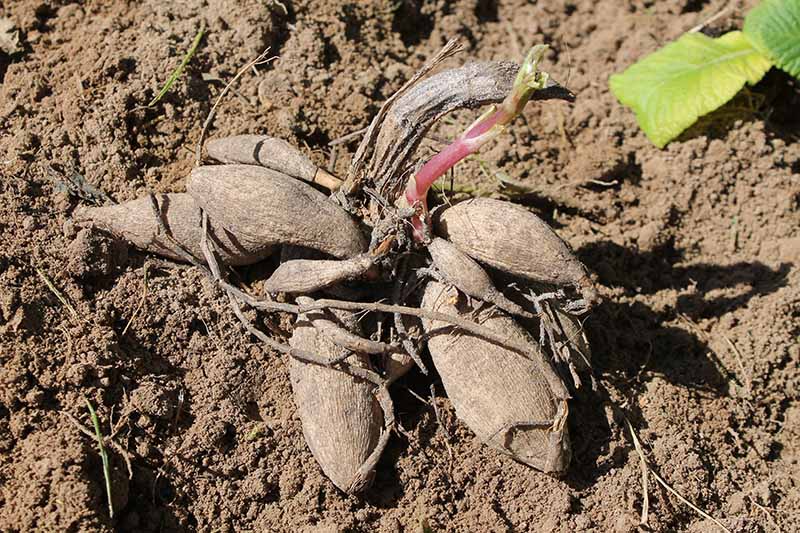

This consists of crops just like:
After a lightweight frost, nonetheless ahead of the underside freezes, take away ineffective foliage and utterly enhance bulbs, corms, and tubers from the soil. To spice up bulbs with out harm, insert a yard fork all by the plant’s drip line (the outer fringe of its development) and gently pry upwards.Shake off further mud, rinse with the yard hose, and permit to dry for a day or two out of direct photograph voltaic.
Type bulbs, discarding any which could be shriveled, delicate, or broken.
Retailer in ventilated containers lined with free provides just like crumpled newspaper, peat moss, sawdust, or vermiculite.
Label containers with the contents and date, then retailer in a cool, darkish location, prepared for planting out in spring.
6. Plant Cowl Crops
Cowl crops – just like clover, grains, grasses, and legumes – are planted in late summer season season to rejuvenate the soil by along with essential dietary nutritional vitamins.
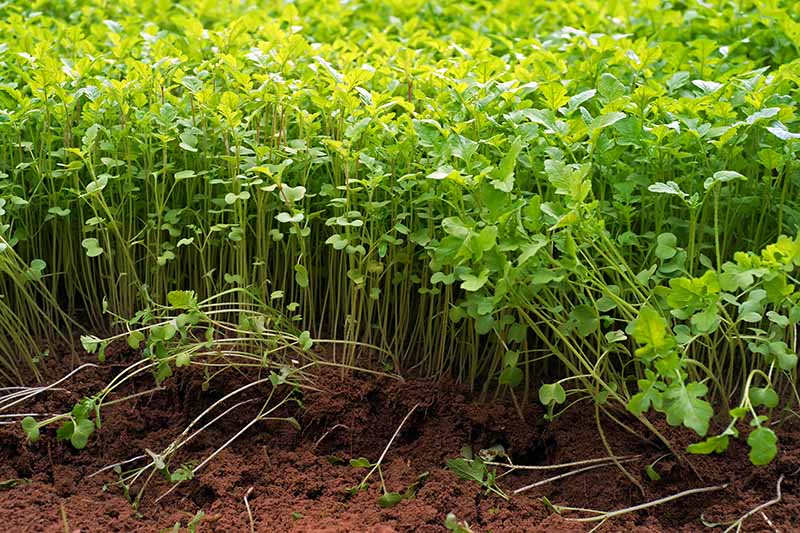

After your harvest is achieved, take away ineffective and spent crops and weeds. Until the soil frivolously to loosen the very best six inches, then sow your chosen seeds and water efficiently.
For the house veggie patch, select crops that develop rapidly, unfold out to choke weeds, and are merely tilled into the soil come spring.
Some decisions are:
It is attainable you may research further relating to the “” of canopy cropping correct proper right here or uncover further cowl crop species choice ideas correct proper right here.
7. Plant Spring Bulbs and Fall Garlic
Spring bulbs and fall garlic could be planted anytime in autumn nonetheless ought to go in ahead of the underside freezes. This consists of bluebells, daffodils, Dutch iris, fritillaria, grape hyacinth, Grecian windflower, hyacinth, tulips, snowdrops, and so forth.
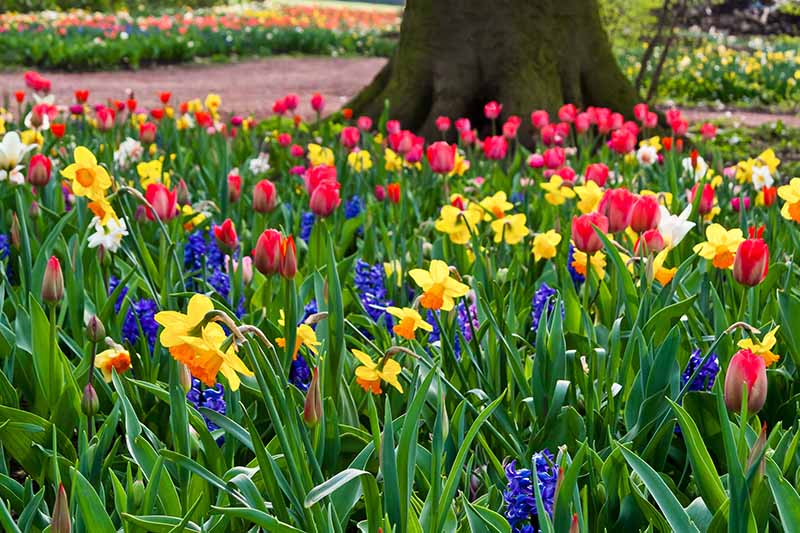

In areas the place temperatures don’t fall beneath freezing, end planting bulbs by early November to permit roots sufficient time to form ahead of winter fashions in.
The rule of thumb for bulbs is to plant at a depth 3 instances the bulb’s peak. So, a 2-inch bulb will get planted to a depth of 6 inches.
For any type of bulb, place with the huge or flat finish down all through the planting gap and the peaked or slim finish on prime. For bulbs with no discernible prime or backside, like Grecian windflowers, plant on their side to facilitate simple development.
It is attainable you may research further about rising garlic correct proper right here.
8. Put collectively Beds for Winter for an Simpler Job in Spring
To rearrange flower and vegetable beds for winter, take away all ineffective or achieved plant provides together with rotting fruit, greens, and weeds.
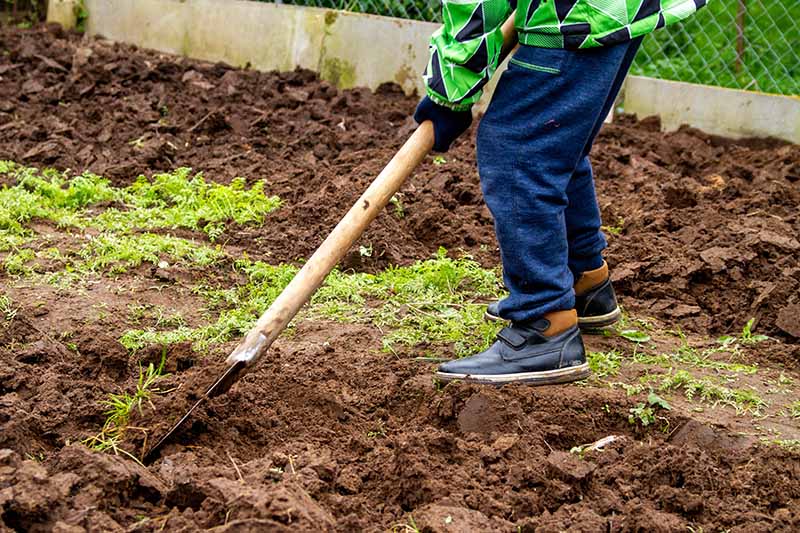

Until the soil frivolously to reveal any unfriendly larvae attempting to overwinter, just like Japanese beetles.
Add and dig in a 2-inch layer of well-rotted compost or manure.
Try soil ranges to look out out if further dietary nutritional vitamins are required and amend as wanted.
Autumn can also be time to work on creating new beds or rising yard house. For some updated concepts, try our guides to rising sq. foot gardens and making your personal DIY raised beds.
After the underside freezes, add a significant dressing of mulch to clumps of herbs and perennials.
9. Prune and Mulch Berry Patches
Strawberry crops can tolerate gentle frosts, nonetheless they’ve shallow roots and are merely broken by arduous frosts and chilly spells.
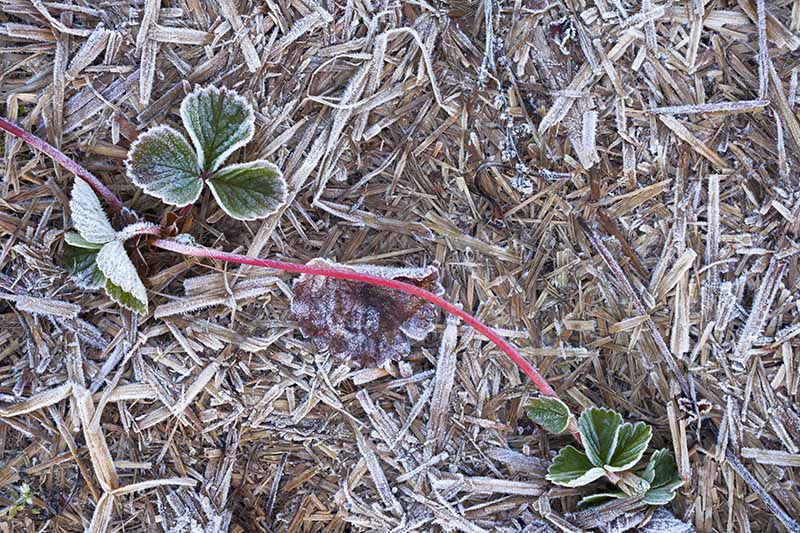

Defend crops with a 3- to 5-inch layer of clear straw, finely shredded leaves, or pine boughs. Apply after the primary heavy frost nonetheless ahead of the underside freezes. Mulching too early can smother crops, and if utilized too late, crops can endure chilly harm.
Defending raspberries and blackberries in opposition to the chilly will depend on the kind of cane you’re rising.
Each have perennial roots and crowns, nonetheless the canes solely dwell for 2 years. The primary 12 months of development is when primocanes form, and canes of their second 12 months are generally generally known as floricanes.
For raspberries, floricanes flower and produce summer season season berries on two-year-old canes, which ought to be lower appropriate to the underside after harvest. The remaining 1-year-old canes have to be reduce to three ft. The suitable time to do that is in fall once you would possibly nonetheless inform the excellence between the 2.
Uncover further info on figuring out primocanes vs floricanes correct proper right here.
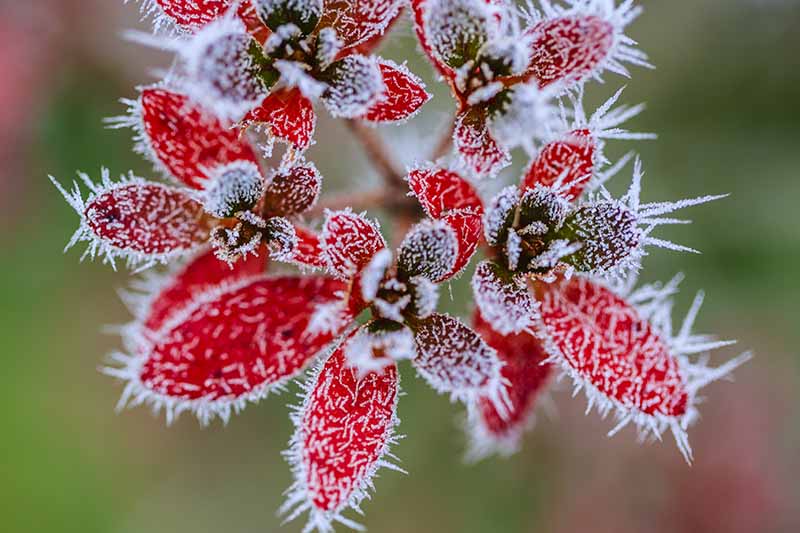

After chopping as soon as extra the 1-year-old canes, gently bend them to the underside and mound 3 to 4 inches of soil or mulch over prime of the canes to guard in opposition to freezing temperatures and drying winds. Slowly take away the soil after the hazard of frost has handed all through the spring.
Primocane raspberry crops produce a summer season season crop on two-year-old canes and a fall crop on new ones. To profit from each crops, prune canes and canopy with soil in autumn as for floricanes.
Nevertheless, in areas with terribly chilly winters, a neater probability with primocanes is to chop all of the canes as soon as extra to the underside in fall. This implies you’ll lose your summer season season berry crop, nonetheless you’ll have a good bigger and higher fall crop – and with out the trouble of offering winter safety.
Blackberries furthermore set fruit on 2-year-old floricanes and will be present in two development types, erect and trailing – erect crops are hardier and additional tolerant of chilly native climate.
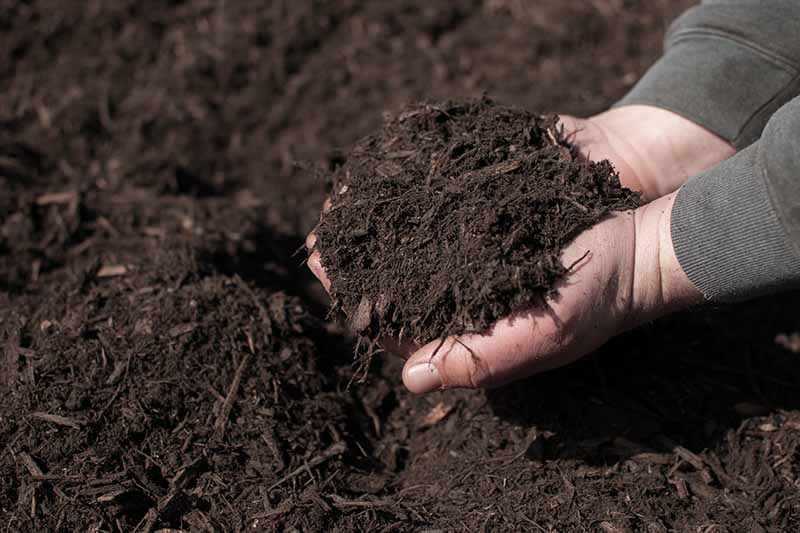

For erect varieties, prune a wide range of the 1-year-old canes to the underside in late autumn, leaving 3 or 4 of principally most likely probably the most sturdy canes of every plant in place. Lower the remaining canes as soon as extra to 18 to 24 inches and supply a 3 to 4-inch layer of mulch to guard the crowns.
Trailing varieties are pruned inside the equal technique as for primocane raspberries. Lower canes as soon as extra to three ft, then gently lay them down on the underside and canopy with a thick 3- to 4-inch layer of mulch.
10. Have a tendency the Compost Pile
To handle compost viable within the midst of the chilly months, microbes contained within the compost piles ought to be saved energetic – which suggests temperatures ought to be maintained above freezing.
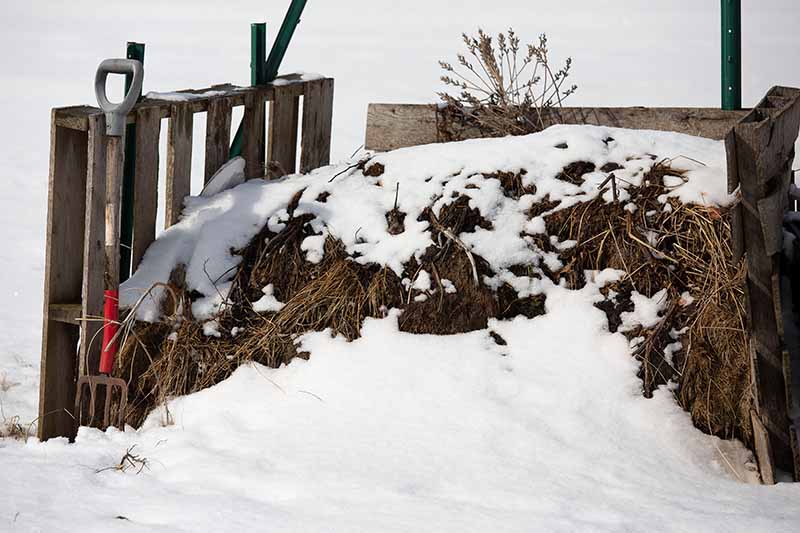

For areas with the occasional chilly spell, flip and water energetic compost piles one remaining time ahead of arduous frosts arrive. Then pile on layers of insulating provides just like cardboard, evergreen boughs, sawdust, or straw to handle the core from freezing.
In areas with extended freezes, harvest mature compost in fall and use it as a nutrient-rich yard mulch. Proceed along with kitchen scraps to your pile over winter – they’ll freeze till spring, once you would possibly start layering supplies as quickly as further.
In milder areas, moisture administration is commonly further essential than insulation. Chilly, soaking rain can waterlog compost, washing away dietary nutritional vitamins and essential microbes.
To guard from drenching rains, first pile compost correct proper right into a heap. Or, for bins, upend two or three pots in a row all through the middle. Then drape with a tarp, spreading it earlier the perimeters. Peg or protected the tarp in place.
Lengthen the lifetime of your yard units with some finish of season upkeep.
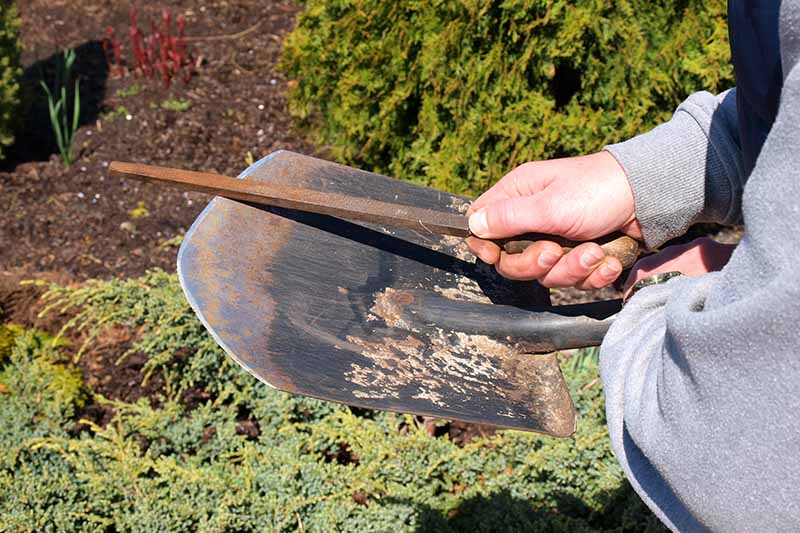

Use a stiff wire brush to brush off mud from metallic utensils. Rub away any rust spots with sandpaper.
Rub metallic components with an oiled rag to state of affairs metal and forestall rust. Alter to with a dry rag to take away further and polish if wanted.
Sharpen the perimeters of yard forks, hoes, scythes, shears, shovels, and spades.
Oil hinges, pins, wheels, or any shifting components on units just like augers, clippers, pruners, or wheelbarrows.
Make an observation of any units that ought to be modified, and add them to your want doc.
As rapidly as clear, retailer in a dry location.
Revenue from the Leisure
As rapidly as all of your pre-winter chores are taken care of, you would possibly sit as soon as extra and revel inside the the remaining and leisure that winter brings.


Spend a while going over your journal notes and seed catalogs, then begin dreaming large about subsequent 12 months’s yard duties!
Do you readers have any must-do pre-winter duties? Inform us all through the solutions beneath.
And envisage to try our completely totally different chilly native climate yard guides – listed beneath are a number of that can curiosity you.

